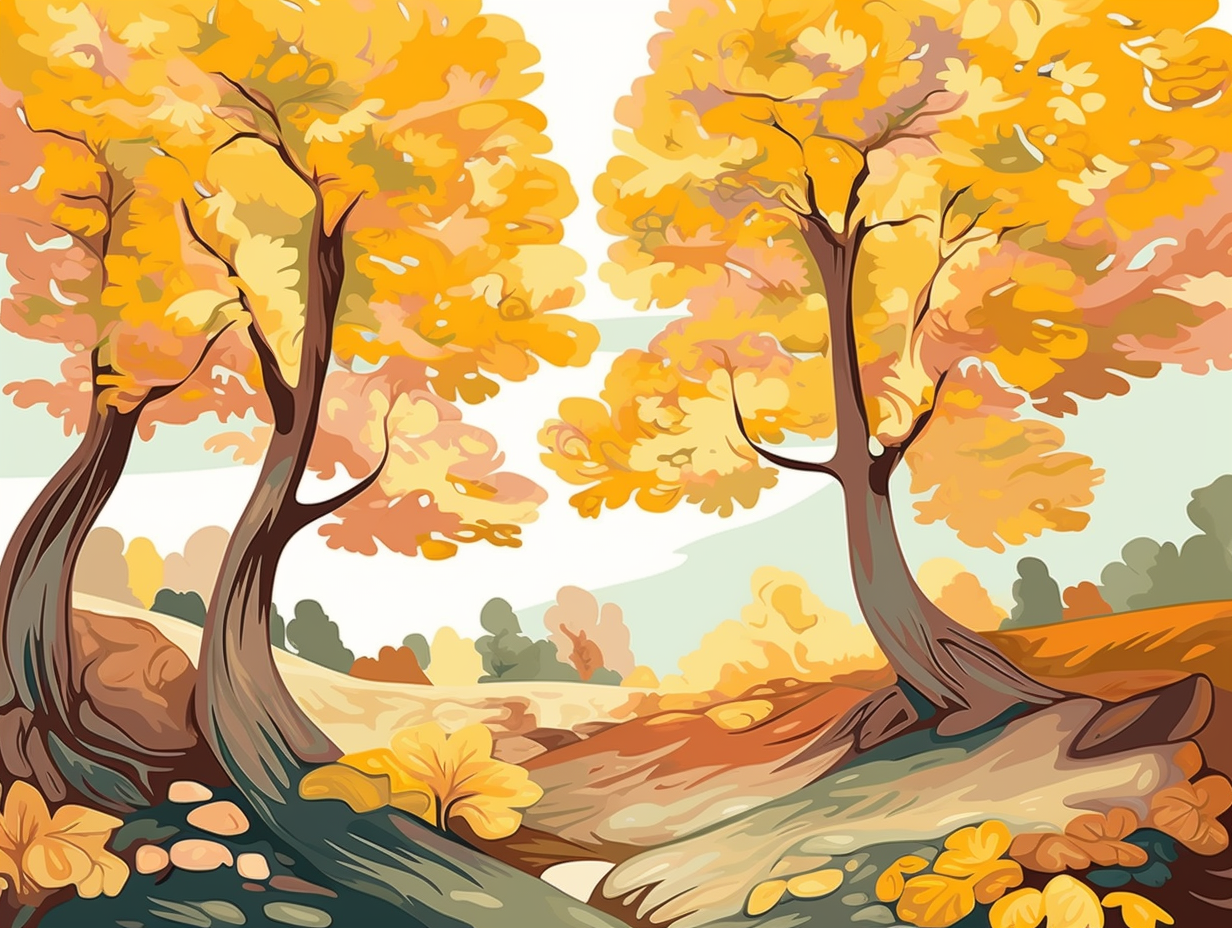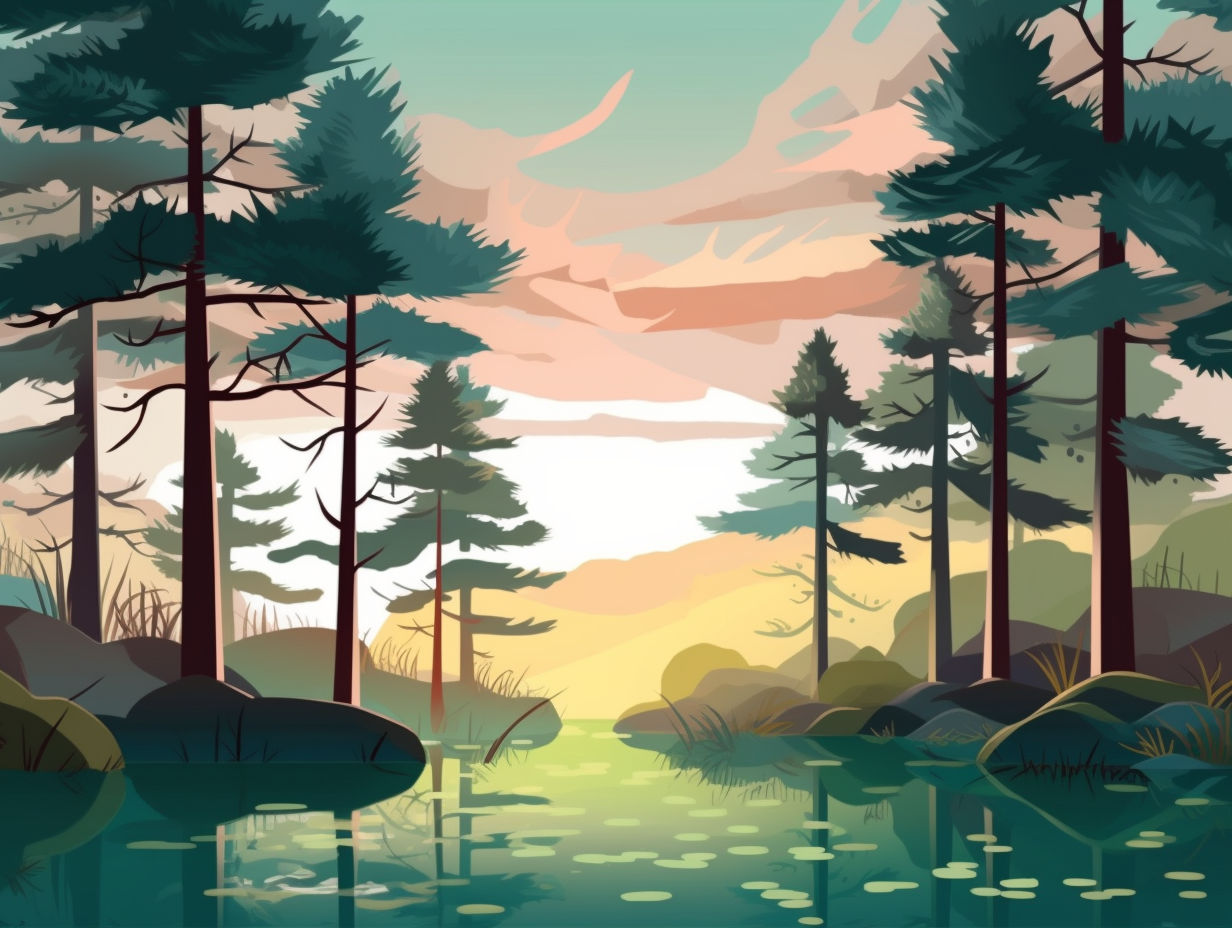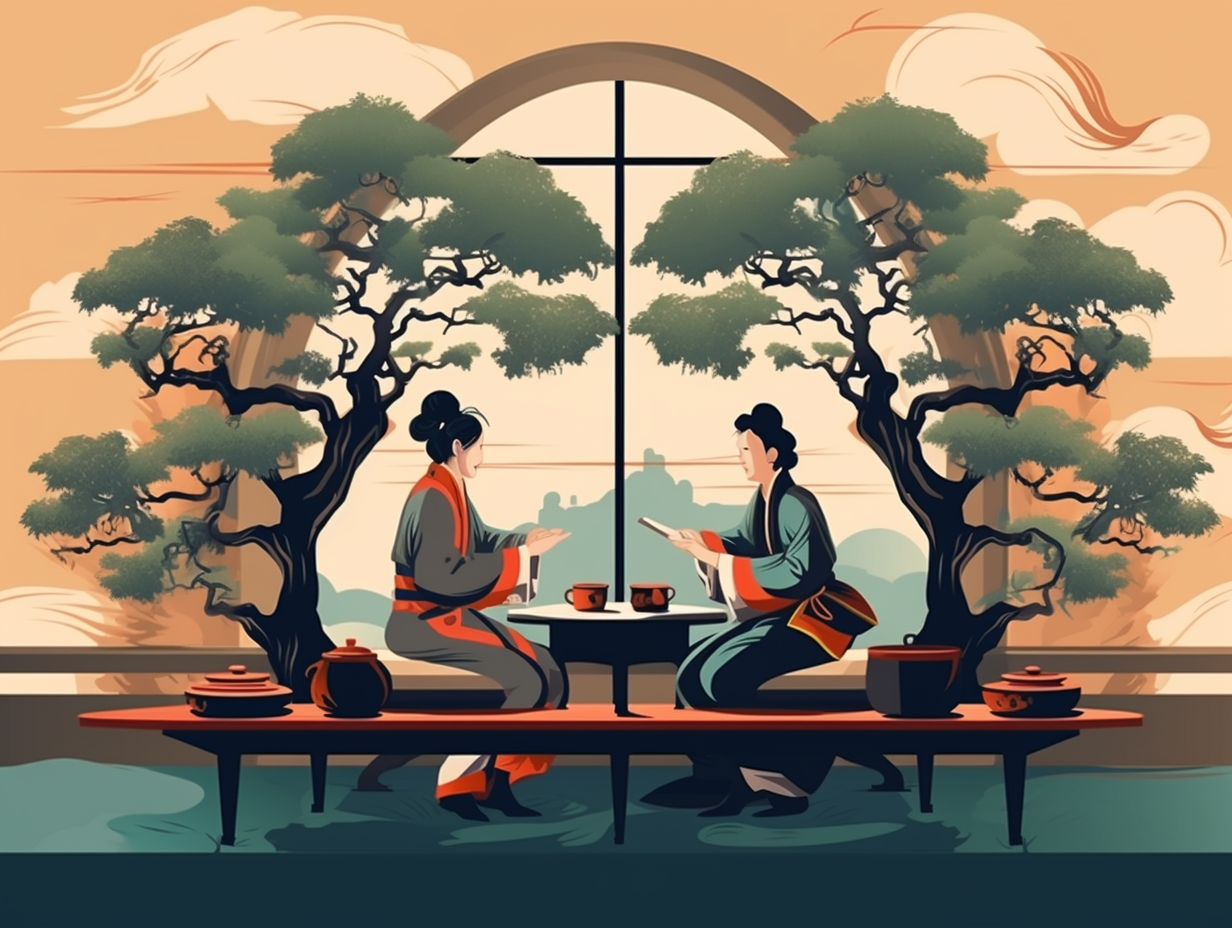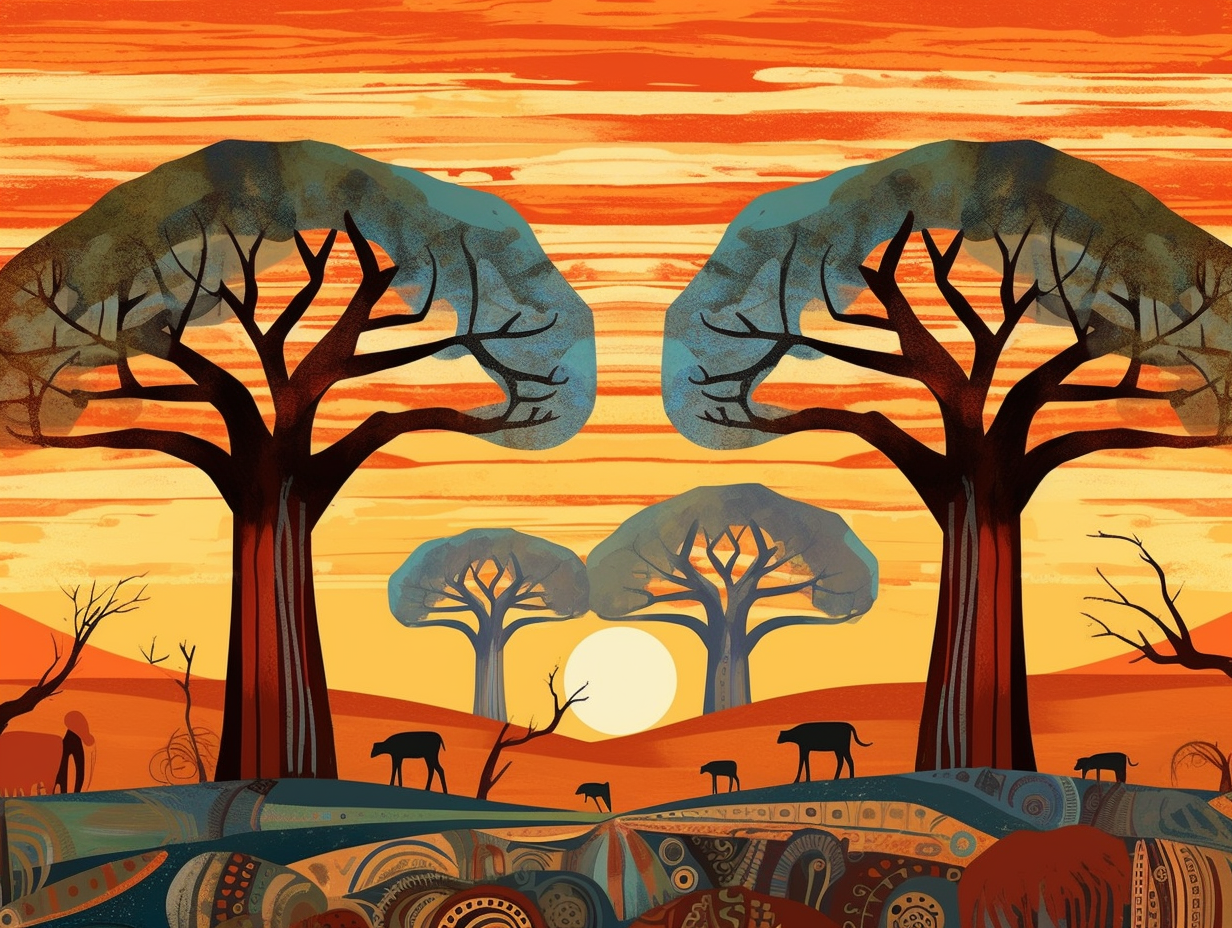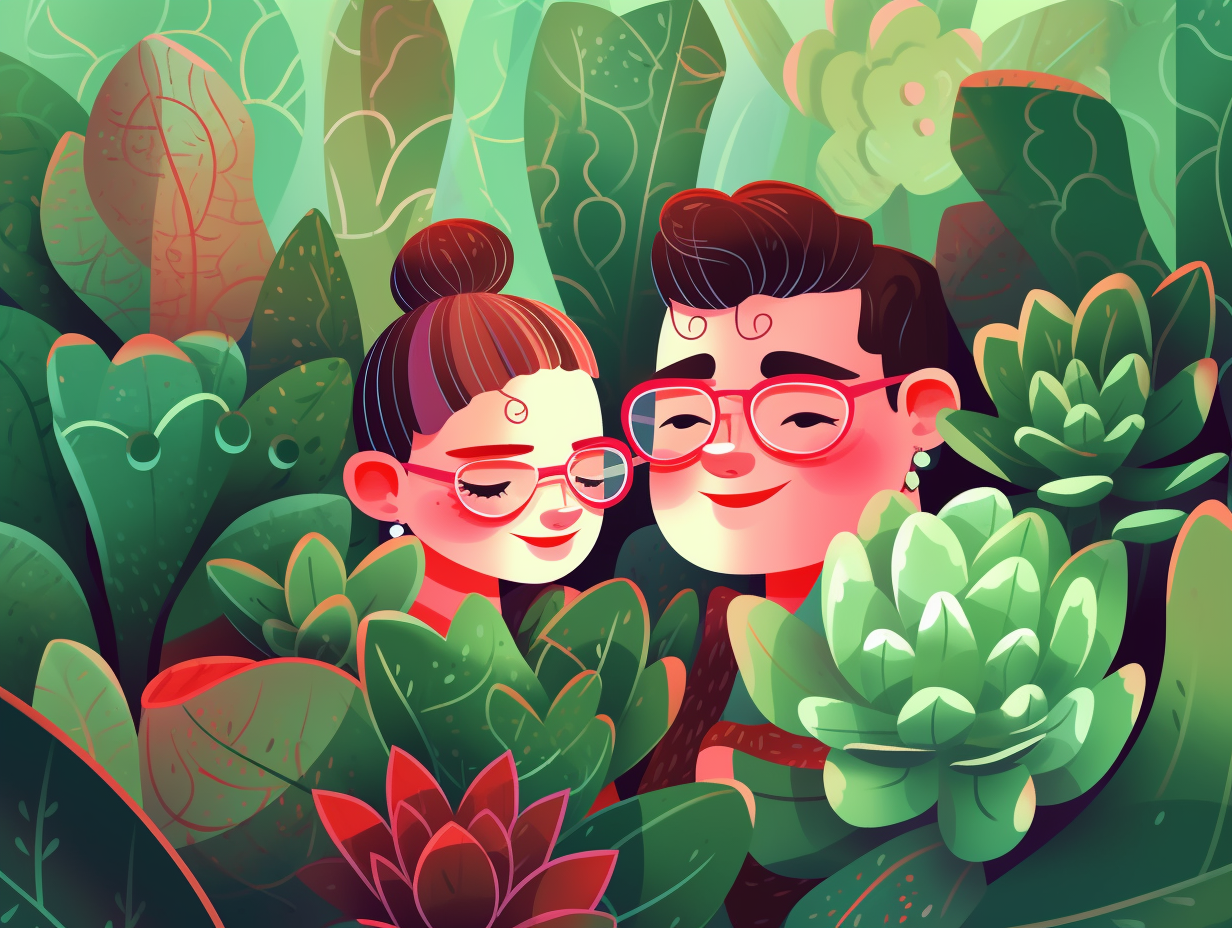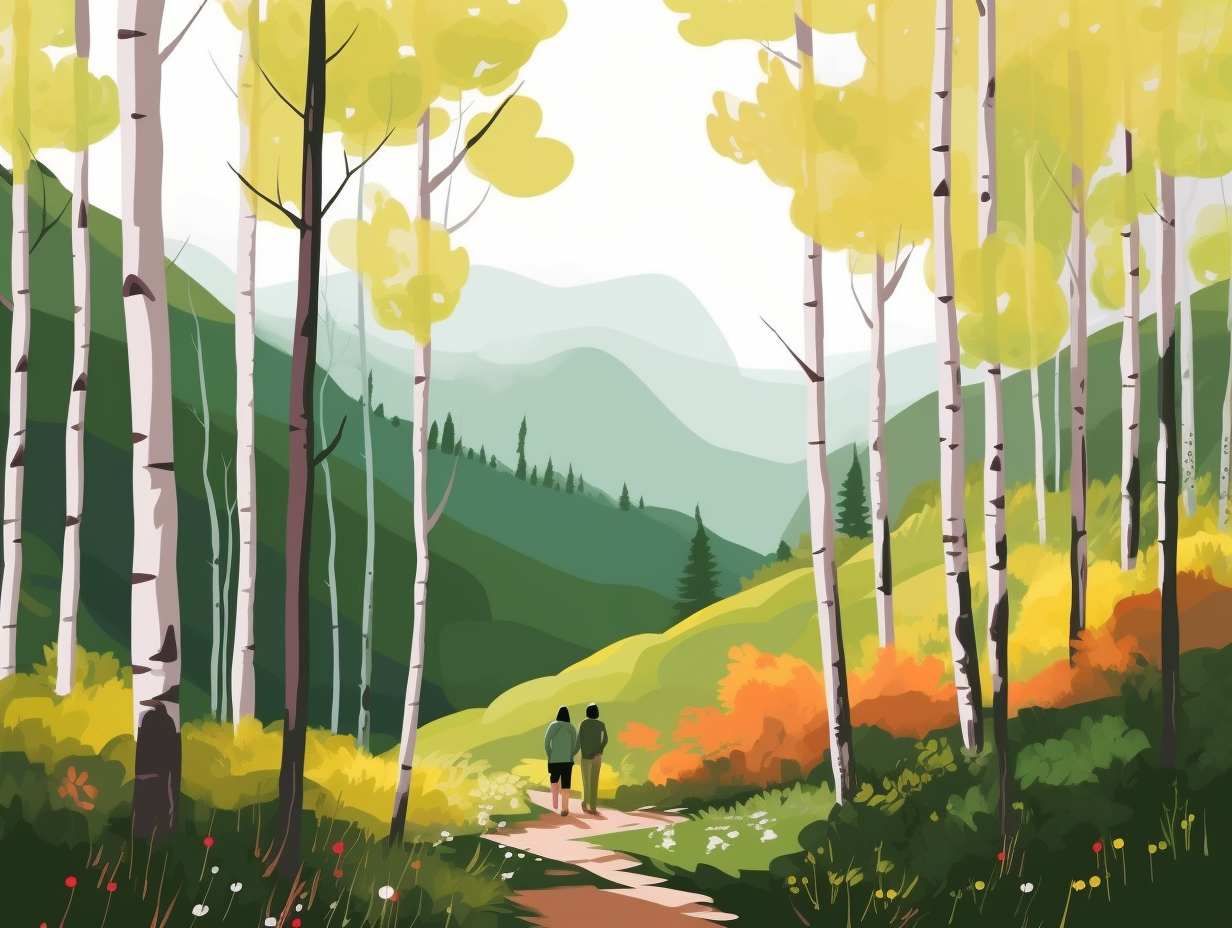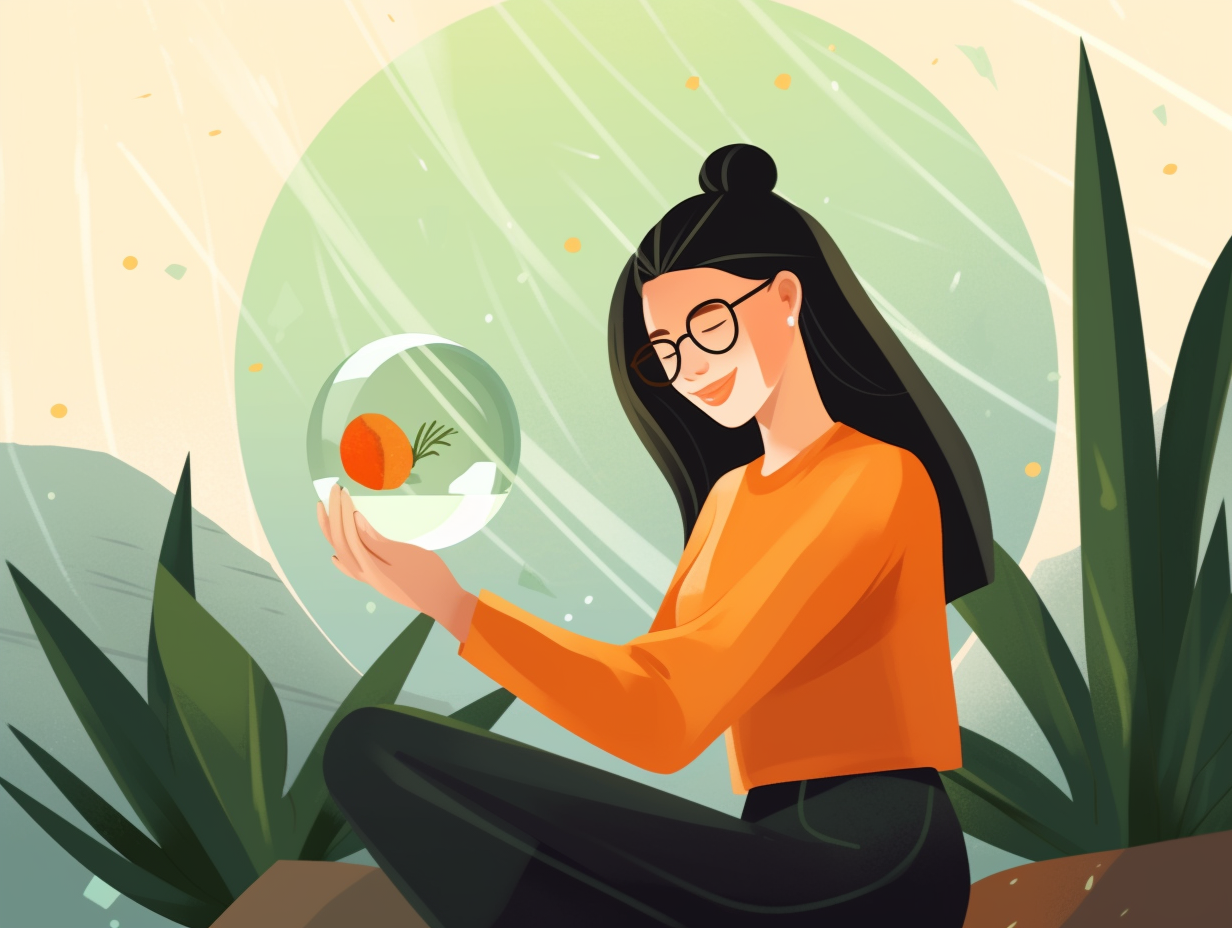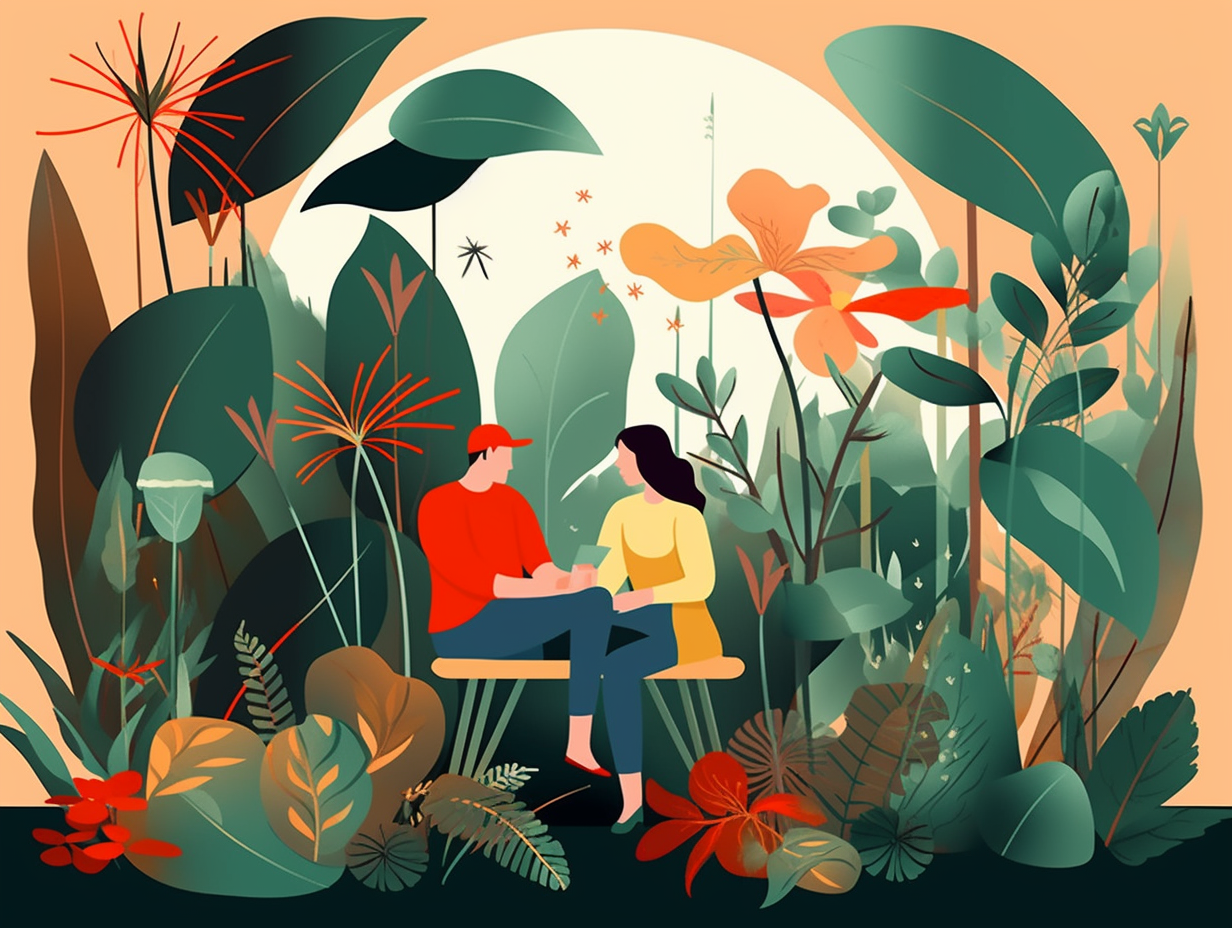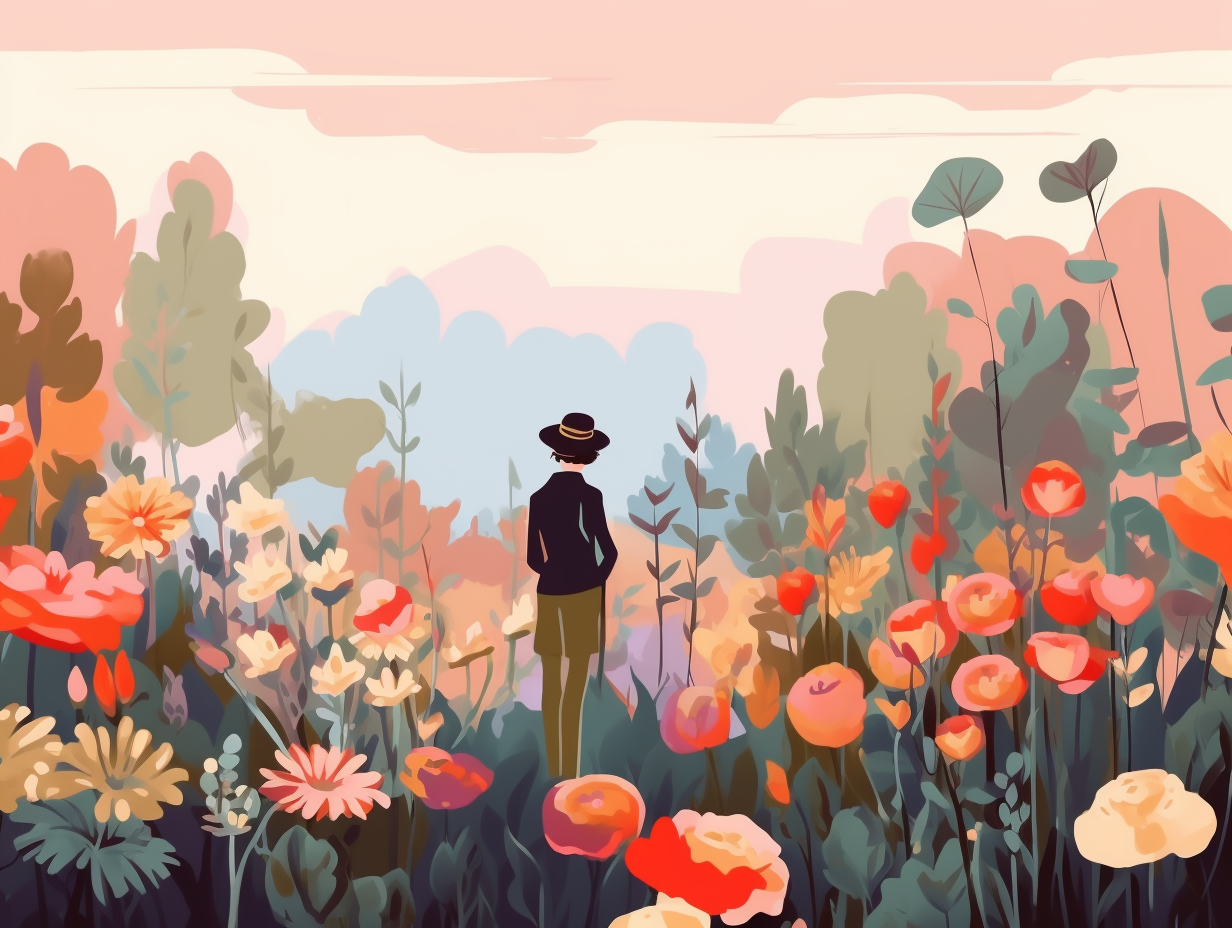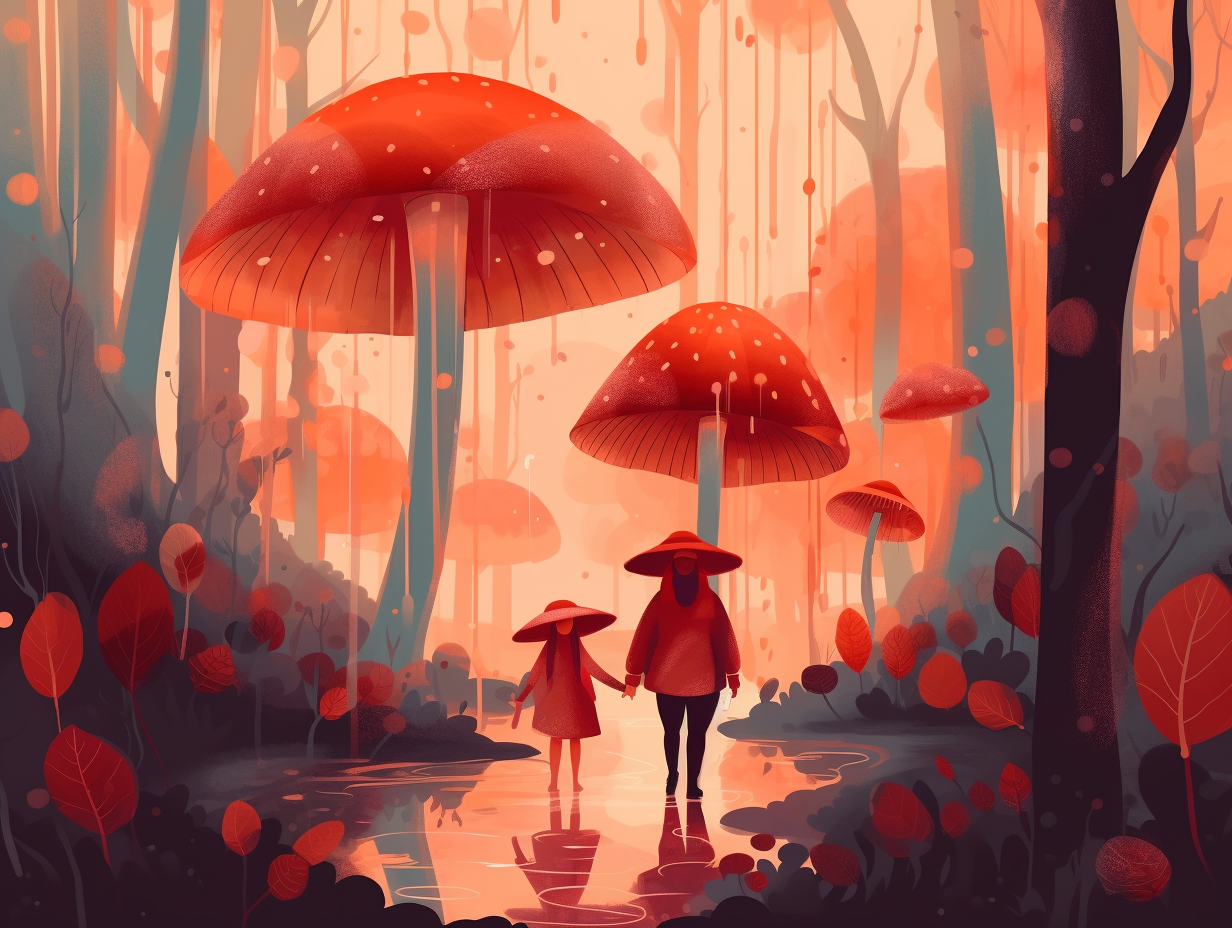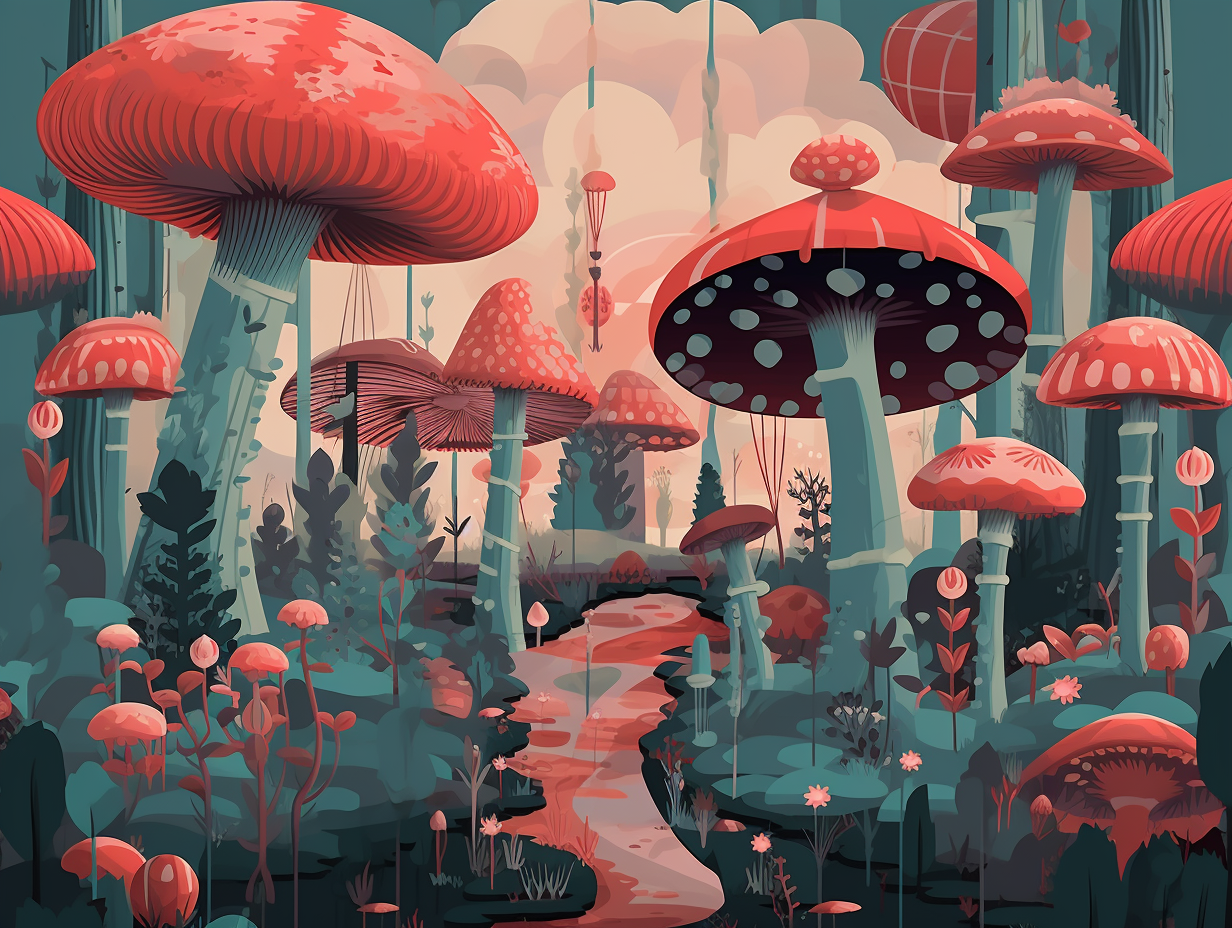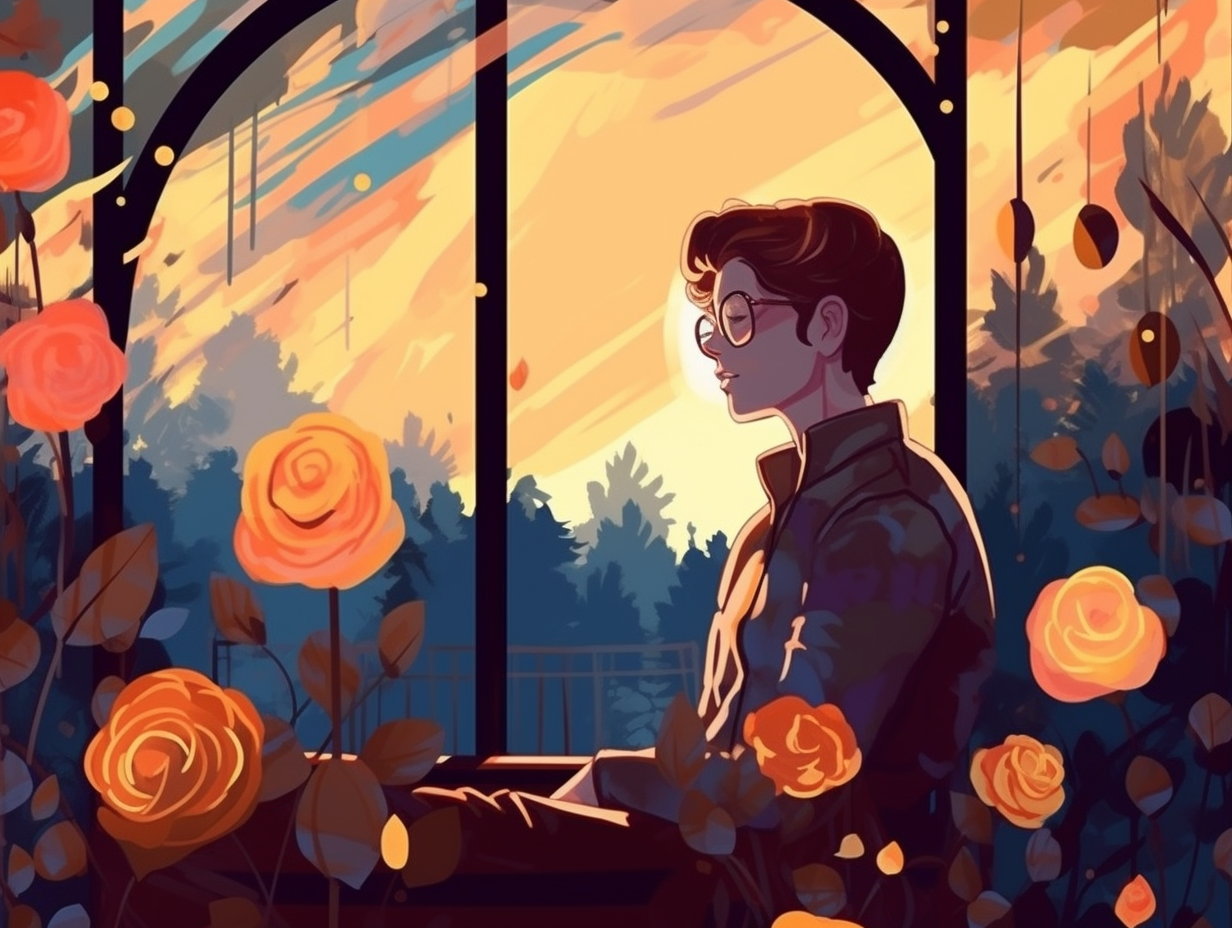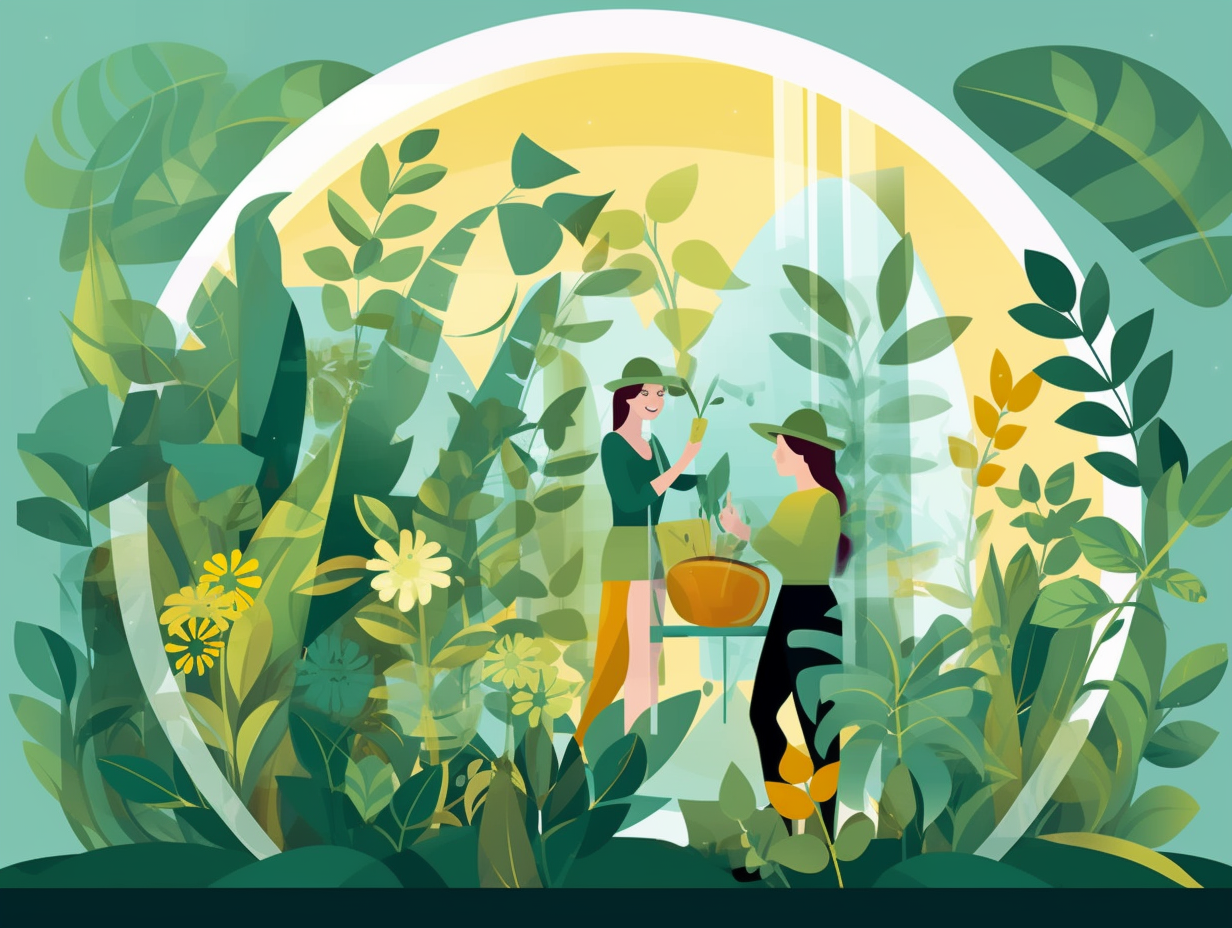Discover the Magic: 13 Fascinating and Fun Facts About Ginkgo Trees You Never Knew!
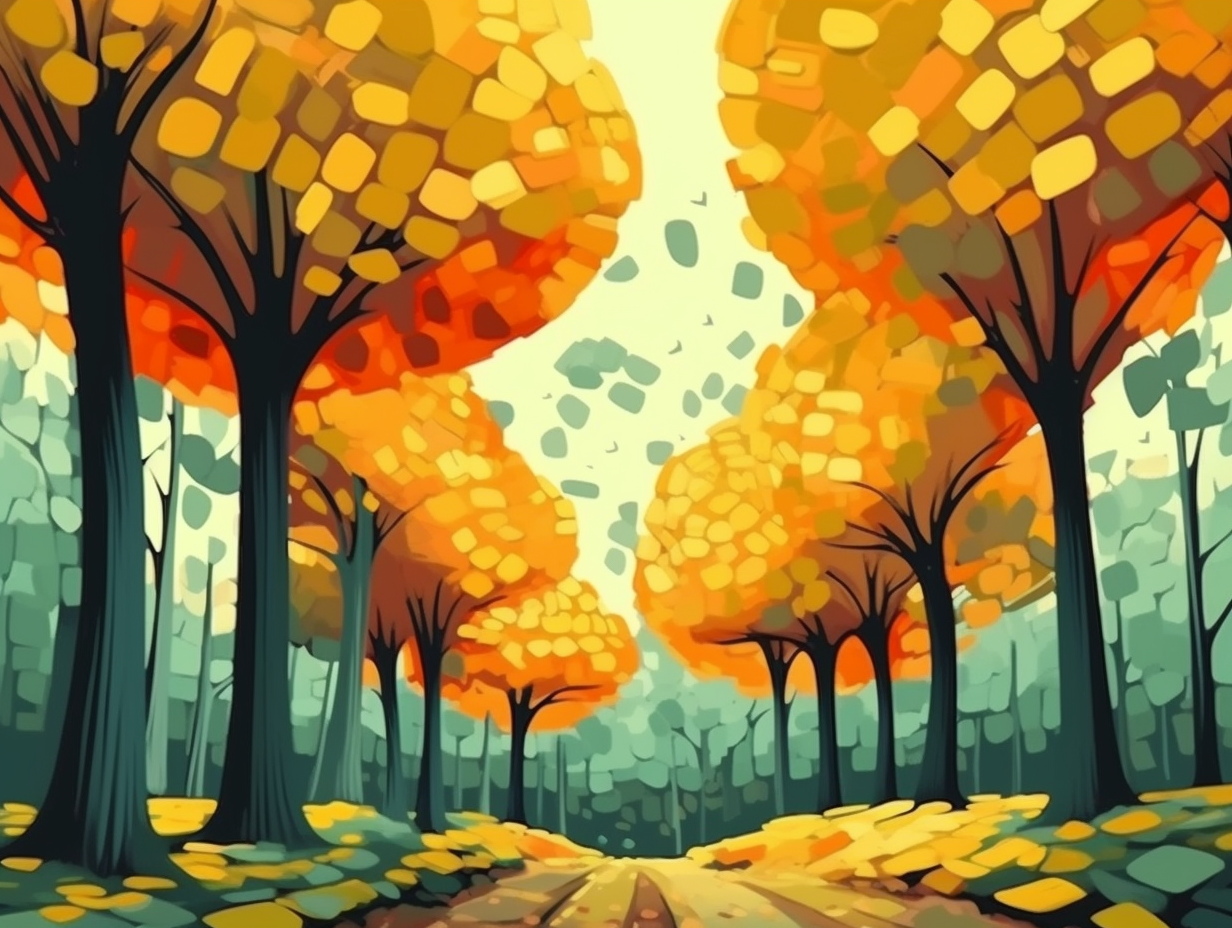
1. Tree Fashion Icon
If trees could model, the ginkgo would be strutting its stuff on the catwalk of tree fashion, with its fan-shaped leaf dress and golden autumn carpet accessory, and don't even get us started about their ability to handle a thunderstorm like a boss: Ginkgo trees are incredibly resilient to harsh environments, making them ideal for urban areas, and they possess a unique fan-shaped leaf that turns a brilliant yellow in the fall. They may occasionally need help handling pests and diseases, and also, they're dioecious, meaning male and female parts are on separate trees.
Source => bartlett.com
2. Jurassic-Bark Resilience
Aging better than a T-Rex and laughing in the face of atomic bombs, ginkgo trees hold the secret of Jurassic-bark: These resilient pillars of plant life have weathered the extinction of the dinosaurs and even stood tall after the atomic bombing of Hiroshima, but they're not immortal – external factors like pests, drought, and development ultimately bring about their leafy demise.
Source => nytimes.com
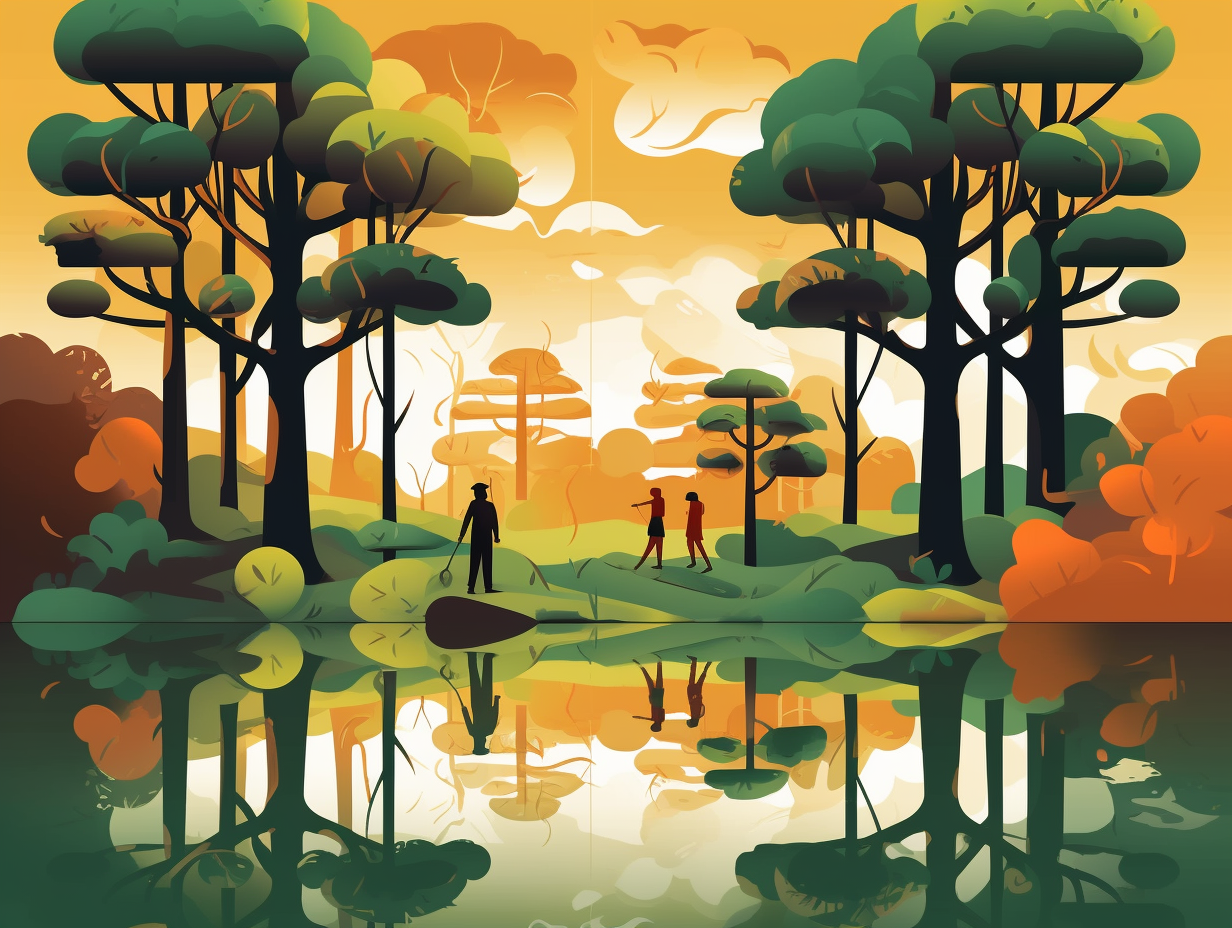
Discover how trees have been the ultimate social networkers since the dawn of time, communicating and bonding through their "wood wide web"! 🌳🌐🤯
=> Fun Facts about Trees
3. Ancient & Spicy Dating Bio
If ginkgo trees had a dating profile, their bio would read "ancient but spicy, ridiculously resistant, and not afraid of a little dirt" – real Tinder material, right?: The ginkgo tree is over 200 million years old and incredibly resistant to pests like insects, bacteria, viruses, and fungi, although, they're not completely immune to air pollution.
Source => pubmed.ncbi.nlm.nih.gov
4. Fine Lineage and Fine Wine
If the ginkgo tree had a dating profile, it would surely brag about its fine lineage and aging like a fine wine: this "living fossil" stands as the sole survivor of the Ginkgoaceae family, remaining virtually unchanged for over 200 million years.
Source => mountsinai.org
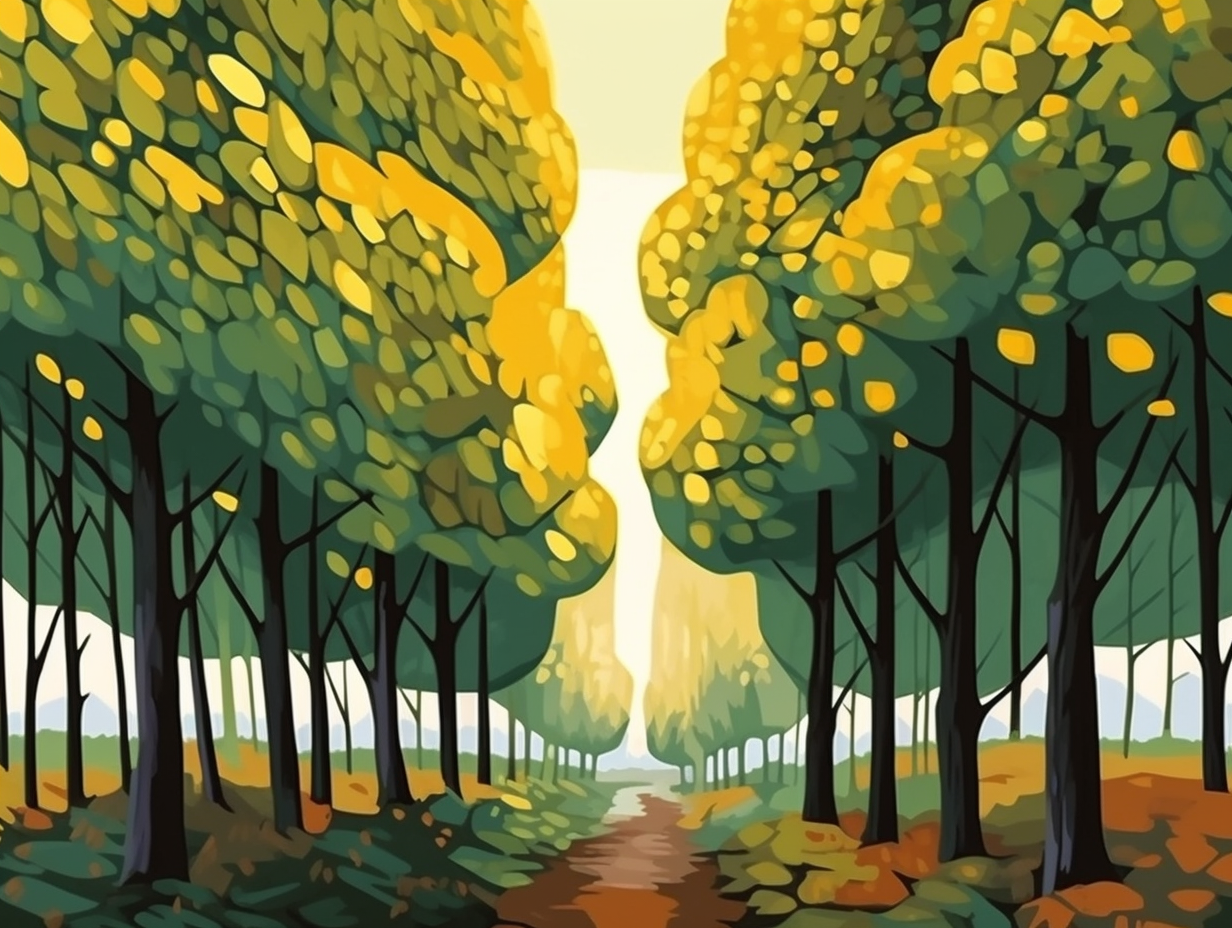
5. Dinosaur-Era Superheroes
If they were trees in a superhero movie, they'd surely be vintage-clad, with a cape from the times when dinosaurs walked around like next-door neighbors: Ginkgo trees are among the oldest tree species on Earth, dating back over 270 million years, and boast incredible resilience, having survived World War II bombings and thriving amid modern-day pollution.
Source => ncbi.nlm.nih.gov
6. Rancid Butter Fruit Delicacy
If life gives you ginkgo fruit, don't make lemonade – unless you like sipping on "rancid butter": The foul-smelling fruit of the female ginkgo tree actually contains nut-like seeds that are not only a traditional Chinese delicacy for special occasions but also have a reputation as an aphrodisiac, although science remains unconvinced.
Source => sites.middlebury.edu
7. Female Independence Trick
Don't judge a ginkgo by its odor: these femme fatales have a talent that's nothing to sniff at! They harness the power of independence with their sly ability to produce seeds without their male counterparts, through a cheeky trick called parthenogenesis - a rare plant phenomenon that makes female ginkgos the queens of self-sufficiency. But let's give credit where it's due: male ginkgos still sweeten the deal by playing pollen-powered wingmen, enhancing seed quality when they grace the scene.
Source => gardeningknowhow.com
8. Concrete Jungle Superheroes
Ginkgo trees: the superheroes of the plant world, swooping in to save our concrete jungles from dreary landscapes! Armed with the power of pollution and pest resistance, these urban warriors are a prime choice for city landscaping across the globe.
Source => bestlivingjapan.com
9. Smelly Surprise & Urban Warrior
When life gives you lemons, you make lemonade; but when a female ginkgo tree gives you fruit, you might want to hold your nose and run: These ancient, fan-leaved beauties of the tree world can produce quite the smelly surprise with their foul fruits after 15-20 years, which is why male trees are often preferred for urban planting. Not just for their lovely odor-free lifestyle, these resilient warriors can survive in harsh conditions – from droughts and pollution to 200-million-year-old dinosaurs!
Source => southernliving.com

10. Verdant Vigilantes in Cities
Ginkgo trees are like the superhero sidekicks of the urban environment: fighting off pesky villains (like pollutants and pests) while bringing a breath of fresh air into our concrete jungles. These verdant vigilantes gained popularity after cities like New York, Washington D.C., and Tokyo recognized the ginkgo's environmental prowess and ability to withstand the challenges of city living.
Source => theginkgoproject.com
11. Cool Grandpa of Trees
If trees had a high school reunion, the ginkgo tree would be that cool grandpa rocking a vintage wardrobe and sharing stories from the good old days: This ancient tree, known as the maidenhair tree, has been around for millions of years, boasts fan-shaped leaves that turn golden in autumn, and produces a funky-smelling fruit used in traditional Chinese dishes and medicine.
Source => verywellmind.com
12. Gandalf's Tree Elders
Behold, the ancient Ginkgo trees, whose age would make even Gandalf feel like a teenager again! These living relics, with their unique fan-shaped leaves, could give a fern some serious leaf envy as they display a dazzling autumn saffron runway-walk. With great age, comes great resistance: Ginkgo trees can live over 2,500 years, due to their ability to grow aerial roots and sprouts, and boast a robust immunity to diseases and insects.
Source => en.wikipedia.org
13. Benjamin Button Tree Aging
If Ginkgo trees could watch a movie, they'd probably choose The Curious Case of Benjamin Button, because they don't age the way other trees do: Ginkgo trees can live for over 1,000 years, and possess an incredible ability to produce protective chemicals against diseases and environmental stressors, with their genes not programmed to trigger aging beyond their prime. However, as the last surviving species of their ancient line, their wild populations are now threatened with extinction due to logging.
Source => bbc.com
Related Fun Facts



